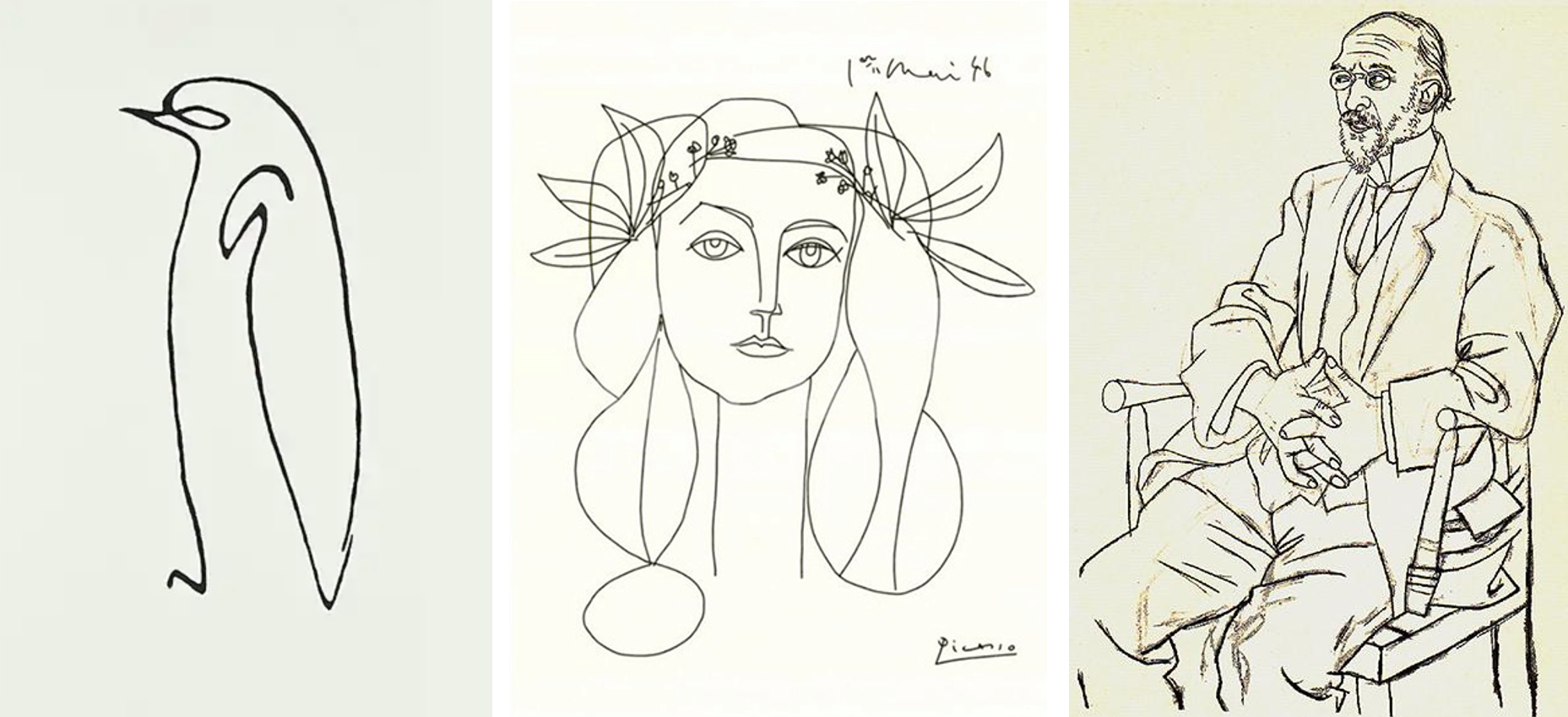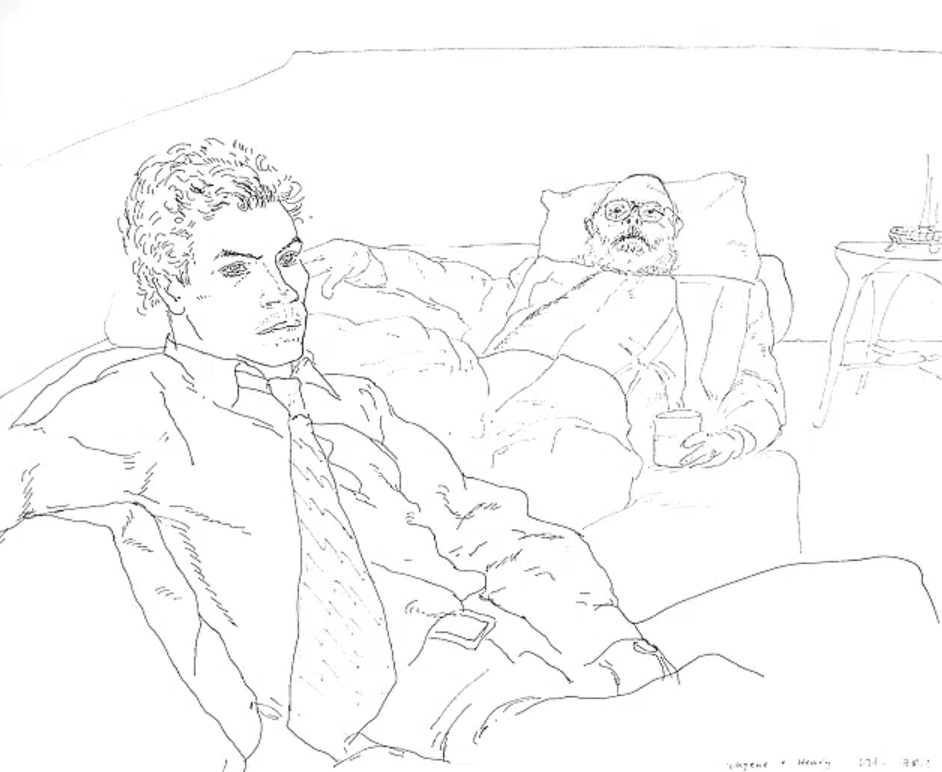The Power of Line
The Power of Line
Line is one of the most essential elements in art. When we first picked up a pencil or pen, we started making marks on paper with lines. No matter if we were learning by ourselves or guided by a teacher, we quickly realized how lines can define shapes, create structure, separate different areas of a drawing, and trace the edges of objects. Lines can also help show depth and shadow, like with cross-hatching, and can guide the viewer's eye from one part of the artwork to another. Without lines, art would lack clarity, direction, and form. here some artist use lines to make great art work.
Some artists have used lines in incredible ways to create powerful works of art.

Picasso is one of the most famous artists known for using lines. His drawings help us appreciate his natural artistic talent. They were also quick ways for him to experiment with ideas, wherever he was. Picasso's genius resulted in so much through his drawings, often using just a single, well-thought-out line in pencil or chalk. The simplicity was astounding and helped others realize the talent behind abstraction.

Egon Schiele is considered one of the most famous line artists, his paintings and drawings of the interlaced body express the idea that a single black line on a variety of surfaces can be viewed to stand as a sketch and as a finished work of art.

Famous artist David Hockey has produced many line drawings – often portraits. He draws in silence, with precision and care, moving a black ink pen across the paper quickly. This portrait – a snapshot into Hockney’s life – is entitled ‘Eugene and Henry’.

Pencil drawings by Wang Tzu-Ting: an overlapping sequence of drawings, using lines that approximate tonal boundaries, set on a running wash of acrylic. A stunning image.
Last modified: Wednesday, 26 February 2025, 10:54 AM